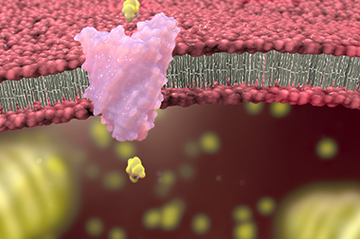Searching for Nutrition Targets: Multi-Omics Study in Early-Stage Myxomatous Mitral Valve
Johnny Li PhD
Nestlé Purina Research, Saint Louis, MO USA
Overview
Myxomatous mitral valve disease (MMVD) is the most common acquired heart disease in dogs and the incidence increases with age. There is no treatment for this common form of heart disease and later stages of MMVD can lead to congestive heart failure. Previous studies have looked at late-stage disease, but it is important to look at the early stages when dogs are not yet symptomatic. This presentation describes the transcriptomics and metabolomics that Purina scientists used to identify key metabolic and molecular pathways to better understand the development of MMVD.
Key points
- Using a combination of serum and tissue samples from age and sex-matched pre-clinical MMVD dogs and control dogs, findings showed:
- In healthy dogs, more than 70% of energy production for the heart comes from oxidation of long chain fatty acids. MMVD dogs showed less efficient energy pathways in which only 5% of the normal energy potential was used.
- Gene expression changes reflected increased oxidative stress and pro-inflammatory molecules.
- Changes in extracellular matrix (ECM) homeostasis, which plays an important role in maintaining the structure and function of normal mitral valves.
- Imbalances between mixed metalloproteinases (MMPs) which are the driving forces for ECM degradations and tissue inhibitors of MMPs (known as TIMPs) that promote ECM synthesis.
- MMVD dogs had greater than 100-fold increases in MMP8 and MMP9.
- More than 3-fold decreases in MM11 and MMP15 were found in left ventricular tissue of dogs with MMVD.
Clinical relevance
Treatment for dogs with MMVD currently relies on supportive care and easing the symptoms of a failing heart. These molecular level studies show that MMVD is not simply a failing heart valve, it is a complex process with molecular changes in both the structure of the valve and the metabolic pathways the heart cells use for energy. Better understanding this disease could lead to interventions that greatly improve the longevity and quality of life for dogs with MMVD.


